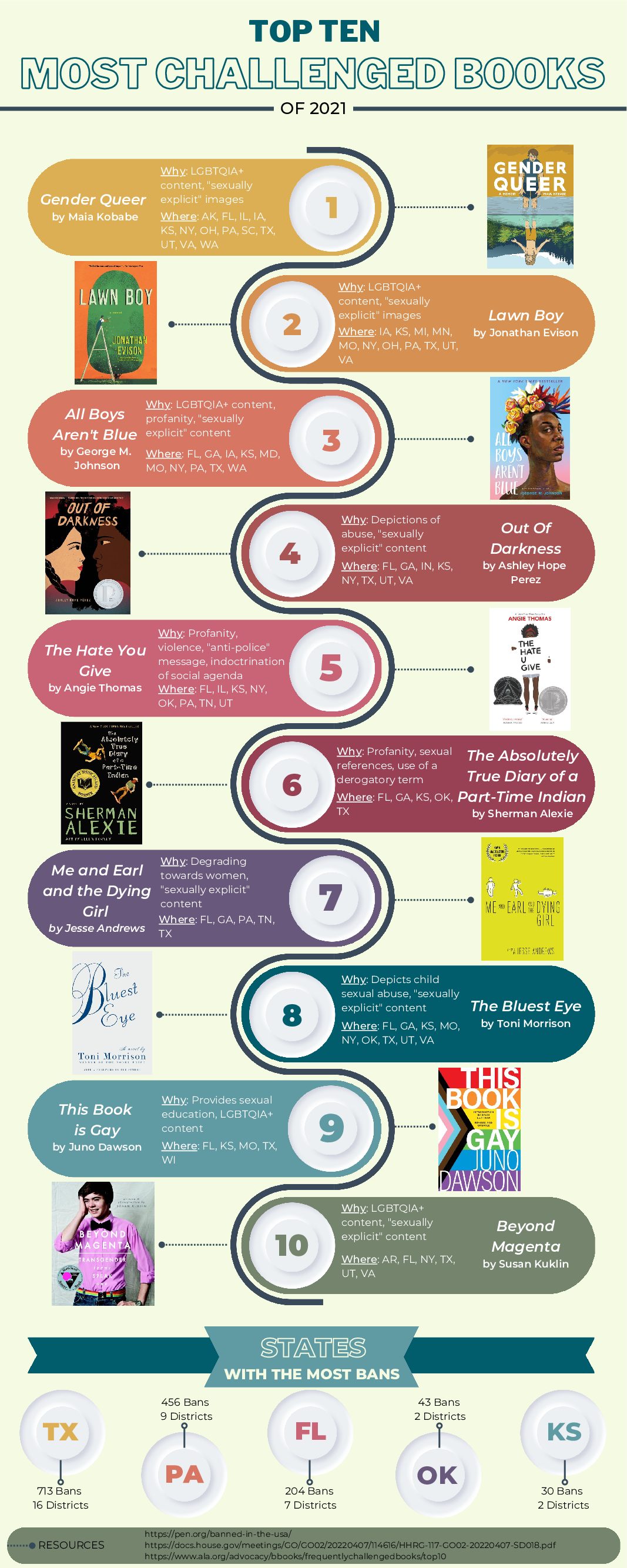By Lily Vining || Managing Editor
Photo courtesy of the Philadelphia Alumni Writers House.
What does an author do when faced with national backlash, lawsuits, and threats to ban the memoir in schools? They do what they do best: keep writing.
Maia Kobabe is the author and illustrator of Gender Queer, a coming-of-age memoir about growing up non-binary. E is also the author and illustrator of The Thief’s Tale, a medieval fantasy comic, and “Tom O’ Bedlam,” a single issue that was accepted into the Society of Illustrators’ Comic and Cartoon Art Annual in 2016 and nominated for an Ignatz Award.
Kobabe delivered a moving and inspirational talk over Zoom for an eager and intimate group of students, faculty, and Writers House community members on Tuesday, February 14th, 2023. Nic Kozell ‘23 kicked off the talk with a moving introduction. “This memoir meant so much to me as a queer person the first time I read it,” says Kozell, “but it meant even more that I could give Kobabe’s book to my younger sibling who is starting to explore their own identity. Going from not growing up with books like this, to reading Kobabe’s book, then being able to hear em speak on it and eir process was truly an incredible experience.”
Kobabe, who is gender non-binary and uses Spivak pronouns (e/em/eir), began by describing eir early life of discovering eir identity against a backdrop of eir drawings from Gender Queer. E expressed gratitude for eir supportive family and safety in school to come out as bisexual but did not have the words or role models for how e felt about their gender until much later in life. Kobabe discusses how e met some of eir first transgender and non-binary friends and mentors while pursuing a Master of Fine Arts and became more comfortable talking about eir gender identity. During this time, e was first challenged to write a memoir by eir mentor and professor Mari Naomi, who has also faced challenges from school boards trying to ban their book as well. Kobabe recalls taping over these drawings in eir sketchbook.
Kobabe’s first comic project, The Thief’s Tale, presented no major themes of gender, queerness, or identity within its intricately drawn pages. The author notes now that perhaps this was the “emotional heart” the books were missing. When Kobabe began sharing comics relating to eir personal life, e never imagined they would be a book in the making— the comics felt like “puzzle pieces” coming together. Ultimately, they took off, alerting em that e had struck gold.
A page from Kobabe’s first comic series, The Thief’s Tale. Photo courtesy of Maia Kobabe.
Kobabe described the process of finding an editor, expanding eir drawings to full page spreads and writing additional panels for the budding graphic novel. E also explained the process of choosing the cover image for the book, showing a juxtaposed child and adult Maia in nature. “I didn’t want it to be pink and blue, like a before and after,” Kobabe explained. “It is moreso me before and after having the language to describe my experience.”
After publishing in May 2019, Kobabe’s book was met with an outcrying of positive reactions and appreciation from queer young adults for putting their experiences into words. However, soon followed another surge of passion from the opposite side— educators, parents, and legislators disgusted by the book’s discussions of subjects like sex, gender, relationships, and other “taboos” who quickly acted to ban the book from schools and libraries in various states. Kobabe expressed conflicted emotions emself upon hearing about the controversy Gender Queer stirred up. “It was a waste of my time” E says about defending eir book, “but it also caused a spike in my career.” With the rise of book sales and multiple interviews on NPR and various literary networks, it seemed like the book’s opponents were actually increasing its popularity. However, e also worries that restricting queer narratives in the classroom will continue in even more harmful ways. “It’s scary,” Kobabe admits, comparing the bans to legislation that harms transgender athletes and restricts healthcare access.
Gender Queer is not the only book under fire. Books containing LGBTQ material account for one-third of all attempted bans, according to USAToday. Other books that are often center stage for debate are those by authors of color and women and contain topics of racism, sexuality, gender, and history. Even classics like To Kill a Mockingbird by Harper Lee, The Bluest Eye by Toni Morrison, Brave New World by Aldous Huxley cannot escape scrutiny.
Pen America documents the expansiveness of the book bans across states, genres, and subject matter. While many hear headlines about book bans going into effect in conservative states like Texas, students will be startled to hear that these debates are taking place right in our backyard— Elizabethtown, PA and throughout Lancaster county.
The fear of growing censorship movements was the exact causes that inspired a group of students and faculty from the Philadelphia Alumni Writers House to jumpstart the new “Who’s Afraid of Banned Books?” series this spring. Maia Kobabe’s visit was the first of their programming; the group is currently planning a interdisciplinary panel for this semester to discuss the negative implications of book banning on the future of education and learning. F&M’s Book Club intends to lead discussions on various books under fire in the upcoming weeks, as well. By bringing this issue to the forefront of discussion, students and educators in unity fight against the forces attempting to silence us on these topics through censorship.
“I want this book to build bridges, not burn them,” asserts Maia Kobabe, when asked how it feels to have a book in the spotlight. “This only shows I am on the right path and need to keep doing what I am doing.”
Infographic by Trinity Sorg ‘24.
Junior Lily Vining is the Managing Editor. Her email is lvining@fandm.edu.
